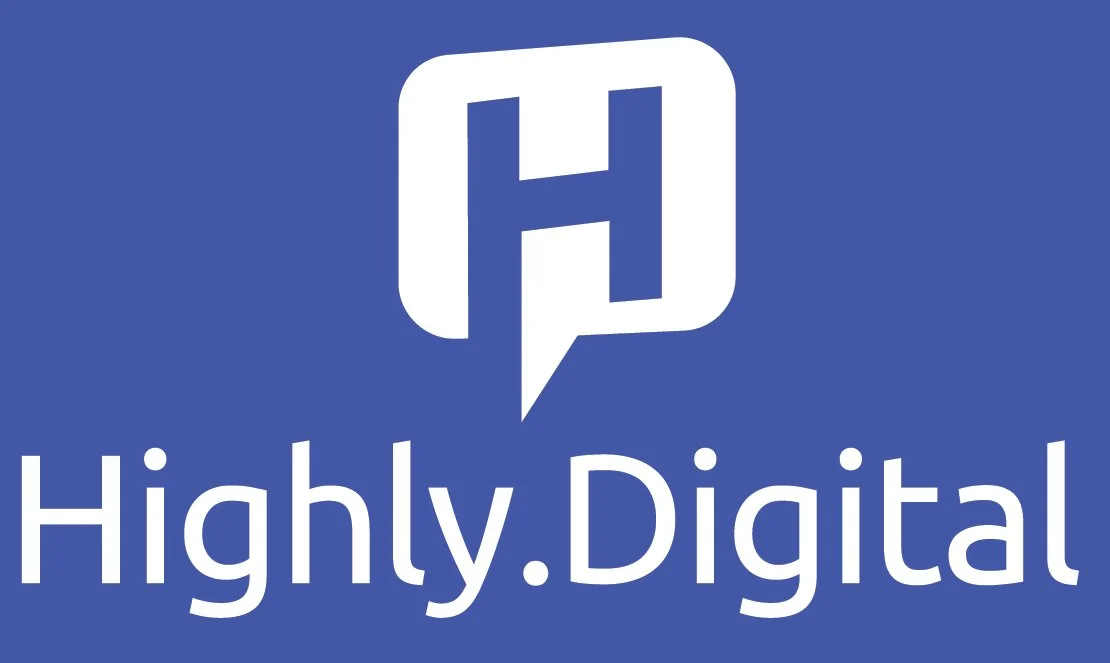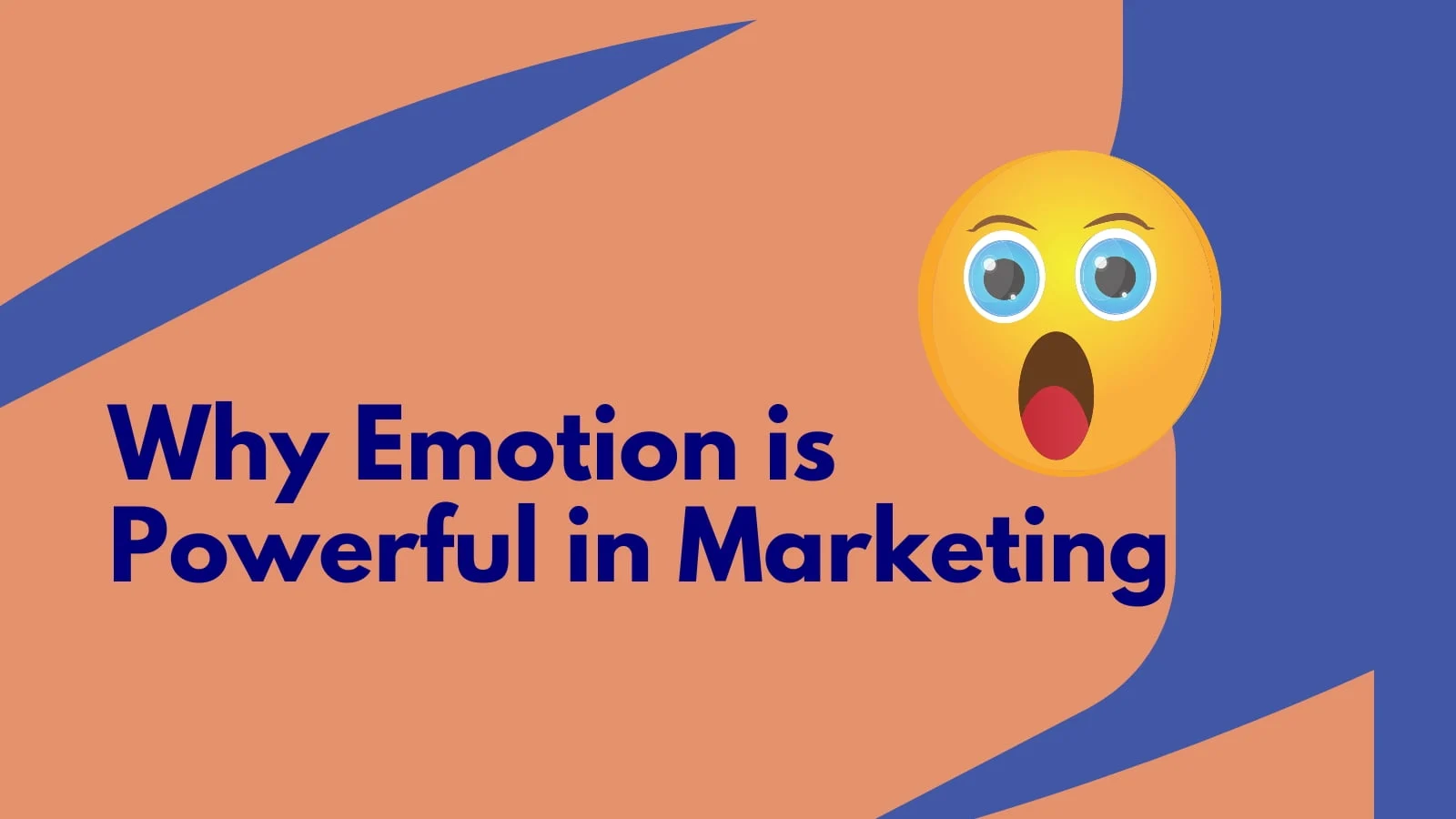The best social media managers are able to juggle multiple clients and still find time for lunch. If you’re super organised and efficient you can be a social media manager. In this article, I’ll show you how I manage multiple social media profiles and accounts for clients.
Background
If you’re like me, entering into a business relationship with a client is more than a contractual arrangement. I want to form partnerships and develop relationships. I want the client to trust me, trust my skills and expertise and trust my judgement. I’m not just managing social media for a client, I am managing their reputation. Trust is the bedrock of my profession and it’s a responsibility that I take very seriously.If you want your clients to trust you and to take you seriously, then follow these tips on managing multiple social media accounts.

What does a social media manager do?
To put it simply they implement a social media marketing plan. They help businesses connect with customers and engage followers on social networks. Your social media manager is in charge of representing your brand on your social channels. It’s an important position which comes with a lot of trust and responsibility. In return, you get a person who is an expert communicator and digital marketer. Make sure you agree objectives and goals with them. For example you might want to optimise traffic to your website; increase brand awareness; generate leads and so on.
A social media manager should add value.
If you’re working with an agency or a freelancer what added value are they giving you? It’s important to build a partnership that goes beyond the basic service. This is someone you trust and likely have a good relationship with. How can you develop this partnership further? By creating additional value for both parties. The best social media managers provide knowledge transfer. They’ll keep you informed but they’ll also show you how to get the most out of each platform.
The Brief
Looking after several social media profiles can be a headache. It’s not just making sure you post the right content to the right account. There’s the approval process; managing assets; communicating with your team; responding and engaging your community; and reporting against your targets. And you have to do this for each account. How do social media managers stay on top of all of that and still meet their targets?
They have a system and they use the right tools.
The System
Take a minute to assess how you currently work. How do you manage your current workload? How do you manage your team? How do you manage your clients? Let’s build on that.
Did you know: Managing social media accounts for multiple clients involves integrating social media into their overall digital content strategy.
Planning
There’s activity planning on your part – how much time can you devote to each social media account. This will very much depend on what you have agreed to do for each client. You will need to understand how long each task will take you. If you don’t, how else are you going to be free for lunch? Then there’s the strategic campaign planning – what does the client want to achieve from their social media activity?
A social media manager can develop a social media strategy for you. However, this article is about ‘doing’ so I’m going to skip over strategy development. The key benefit for you in hiring a social media manager is removing the headache of social media planning.
Use a task manager or project management tool that makes collaborating with teams easy. I like to use Asana or Trello for my projects. I find Asana a better tool for complex, longer-term projects. It’s a lot like Trello but seems to have more features that a project manager might be more comfortable with. Trello is great for managing straightforward campaigns. You can create a Trello board and share that with specific people and share progress in quite a simple way. However, I prefer Asana as a task manager.
Communication
How are you going to communicate with your team or clients? When you work with a 3rd party, you expect that work to be conducted off-site. However, distributed workplaces and remote working can create communication issues if projects are not managed correctly. How are you going to keep track of tasks?
Many will try to use email or other messaging apps such as slack, but how effective are they at managing the content creation process? Asana and Trello both support a rich notification system. This should give you sufficient control over tasks and keep everyone in the loop at the same time.
You can invite the client into the content creation process using these tools. However, realistically they will not have the time to participate (that’s why they have outsourced the service to you). So how do you share progress with the client? You should use a specialist social media publishing tool like Planable, Buffer or Hootsuite. More on that below.
Doing
For your system to work you need to be able to quickly access content for each client. Depending on your tool, you’ll have a separate space (or folder) for each client. You can create a board in Trello, a project in Asana or a brand in Planable. They serve the same purpose which is to contain all of your clients content in a central repository. This is how it might work for you.
Content Creation
This part of the system is really just for you and your team. I use either Asana or Trello to manage tasks within the content creation process. The process is the same whether I’m working alone or as part of a team.
- Create (and assign) tasks.
- Track the progress of tasks.
- Create a content calendar.
I like to keep as much content as possible with each task. This could mean attaching assets to each task or by linking to the assets. This is really important when you are working as part of a team. When you have final versions of your social media posts you may need to get approval. I would recommend you manage this process with a social media management tool.
Depending on your workflow, this may mean copying content from one tool to another. For example, I work from a task manager and then use Planable to publish my posts.
Tip: learn how to write engaging social media posts for your clients.
Content Approval
With a social media management tool, you can assign tasks, give and receive feedback and publish posts to social media. The key benefit to your client is the live post previews. They get to see exactly how the content is going to look on each platform.
Use the content approval process to learn, improve and provide a better service for your clients.
Publishing
A social media management tool allows everyone in your team to be part of the publishing process. Tools like Planable have a calendar feature which gives you a quick overview of scheduled content. The main advantage of using these types of tools for managing your social media content is that they can be accessed anywhere (and usually on any device). This helps manage your content and your team by keeping everyone in the loop.
As a centralised tool, you can coordinate publishing even if you are a distributed communications team or a remote team.
Monitoring
A social media manager spends a good proportion of their day on social media. They will be monitoring their posts and engaging their community. This will also provide actionable insights into how their content is performing. These insights can be used to optimise future content.
Reporting
You should agree to a regular reporting schedule. Your social media manager will always be monitoring performance so you don’t need daily or even weekly reports. Depending on your goals, these reports could be automated so you can get on overview anytime you want.
The real value in reports is the analysis that your social media manager provides. Afterall, this is why you are paying for their service.
A social media manager will leverage data to measure the impact of their campaigns. It should be their goal to provide meaningful reports to their client demonstrating success. This should also help improve client retention. Reporting can also be used to gain an insight into your team’s performance. While it’s important to track your campaigns, you should also be tracking and reporting against your own performance.
Manage Your Team
Every social media team may have different wants and desires. But each social media team should be strong collaborators. A social media manager will ensure that your team doesn’t waste time on workflow processes. You want your team to focus on creating high quality content.
Using tools to manage your social media content will make managing your team easier. You can assign and track tasks, and communicate all within the one tool. This should make the content creation process much more efficient.
A key strength in any team is their ability to adapt to changing circumstances. A modern social media team will be agile by nature and be able to demonstrate a willingness to change.In addition to routine task management, what else can a social media manager do for you?
I believe that they should add value to the service they provide. They can do this by building templates and providing knowledge transfer.
Why is it important to use a social media management tool?
- These tools make managing multiple client accounts simple.
- You can create a single space for each client.
- They allow you to easily share access to these work spaces.
- Provide an open and transparent communication forum which reduces friction. You can communicate in a more streamlined manner, saving you time. Keep comments in context i.e. around an individual post or task thus providing valuable feedback.
- They centralise team collaboration. Keeping your team organised and providing quick and easy access to your content.
- A calendar view provides a timeline for the social media campaign.
- Create an approval process or workflow ensuring the approval process is as slick as possible. When you use a social media management tool, content appears as it will on the social network. There’s no need for additional mockups. Simplifying the content approval process further.
- You can manage and schedule all of your social media posts.
- These tools provide a searchable database of social media content.
Efficient and Effective Client Management
Good communication is fundamental for any relationship to succeed. Managing clients is no different. If you incorporate these tips into your working arrangements you should have happier clients. I’d love to hear how you manage social media for your clients. Connect with me on LinkedIn or Twitter and share your experience with me.
What is a social media manager?
As a reminder, a social media manager (or agency) will implement a social media marketing plan for you. They help businesses connect with customers and engage followers on social networks. Your social media manager is in charge of representing your brand on your social channels. A social media manager is often tasked with managing social media accounts for multiple clients.
What can I expect from a social media marketing agency?
- A bespoke service that meets your specific requirements
- Strategic planning
- Management of your social media accounts
- Content Creation
- Scheduling and publishing content
- Community management
- Audience research
- Analysis and insight
- Training and knowledge transfer
And much more…
What are the benefits of social media marketing?
Social media marketing has many benefits for businesses. Here are just some of the benefits you can expect if you start marketing today:
- Increase brand awareness
- Promote your products or services
- Drive traffic to your website
- Generate leads
- Connect with the right customer
- Develop loyal fans
- Provide customer service
- Demonstrate thought leadership
- Grow business partnerships
- Reporting: gain insights from analytics
- Use it for research
- Show your personality



